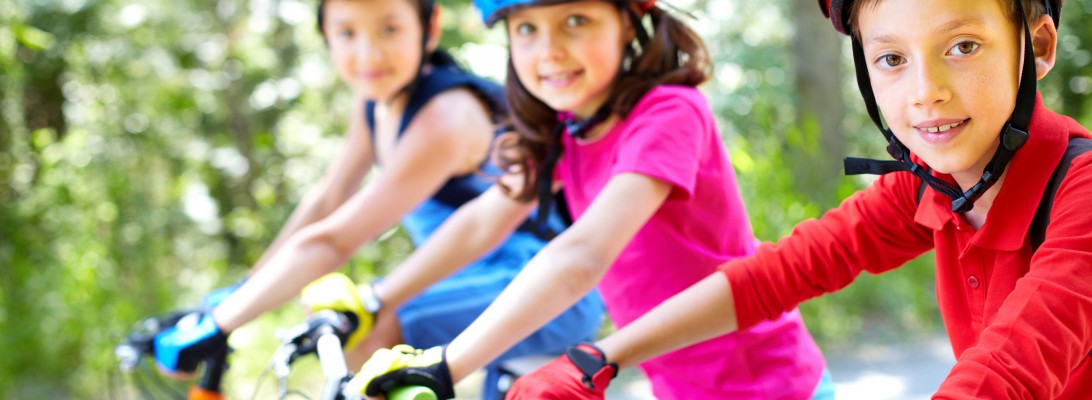Marcus Down
What Can We Do As Educators To Make Learning Relevant for All of Our Students?
Marcus Down has taught physical education for twelve years. This past school year, he was a substitute teacher on his return back to Canada after teaching abroad. Marcus will be instructing at Vancouver Island University in the fall in the Faculty of Education. You can check out his blog, visuals, and resources at his website: downwithpe.ca.
I spent 12 of the last 14 years teaching Physical Education (PE) in different contexts: mixed-grades, large/small classes, same-sex classes, in swimming pools, extreme heat, students aged 3 to 13, etc. This past year, I was a substitute teacher for about every subject possible from K-7. I had a lot of time to observe learning and reflect on what was working/not working in multiple grade-level classrooms across various schools. Sometimes there were lessons I taught that I wasn’t even sure what the learning intention was. It was not uncommon to observe low motivation for students. I kept coming back to personal relevance…
Meaningful Physical Education (MPE) is built upon a review of literature with a focus on meaningful experiences (Fletcher et al., 2021). Social interaction, challenge, fun, and delight (key features of MPE) were often included in this review. Personally relevant learning was added as an additional feature of the MPE approach (Fletcher et al., 2017).
As an international educator for 10 years, I’ve seen different curricula taught to students where, in some cases, the learning outcomes were not intended for. I’ve seen students in Asia memorizing Canadian provinces and capital cities because the particular school used a provincial curriculum from Canada. I have seen floor hockey taught to students in Asia where there would be very limited access to this activity outside of a school setting. The physical activities/sports inserted within the curriculum when teaching abroad is often what the Western teachers know/experienced in their lifetime in their home culture. A curriculum’s learning outcome does not read “students can send objects with accuracy using a hockey stick” (at least they shouldn’t). Most curricula are broad enough that you can, in the context of PE, insert learning engagements that are relevant to each student while honouring the importance of the culture of students and the local community. Schools need to respond to all learners they serve and these learners should be able to see themselves throughout the curriculum that is being taught and learned (Chrona, 2023).
Jung (2023) has some tips for how one might make learning relevant to students:
- Tell a story that is relatable to students.
- Make a connection between tasks in a lesson and a current event happening in the students’ community.
- Connect the lesson to something that students are currently interested in.
- Communicate the purpose, or the why?, for upcoming learning. Do this in ways that are accessible for all students; through speaking, pictures, writing, translating, etc.
- List, describe, provide examples, or even better, co-create success criteria for the learning.
The Centre for Applied Special Technology (CAST, 2018) lists, in one of its guidelines for the Universal Design for Learning (UDL) framework, “optimize relevance, value, and authenticity.” CAST (2018) claims that students are more engaged in tasks when it is relevant to students’ interests and/or goals. CAST (2018) goes on to say that it is vital for educators to provide options for learning that are relevant, valuable, and meaningful to each student. Providing relevant learning experiences may include (CAST, 2018):
- Varied activities are:
- Personalized to learners’ lives
- Culturally relevant and responsive
- Socially relevant
- Age and ability appropriate
- Appropriateness for diverse groups including different race, culture, and gender.
- Activities that reflect a purpose that is clear to the students
- Tasks that allow for active participation, exploration, and experimentation
- Activities that promote student response, evaluation, and self-reflection
- Activities that foster the use of imagination to solve novel and relevant problems.
Below is a visual to help summarize the personal relevance suggestions mentioned by Jung (2023) and CAST (2018) and how that may look in a PE setting.

How are you providing learning experiences for your students that are personally relevant? What strategies are you using with students to ensure they recognize that participating in physical activity can enhance their lives? What connections are being made between PE and physical activity in the local community that can contribute to your students’ ongoing participation in an active lifestyle? Are the learning experiences and content accessible, and relevant, to your diverse student population (e.g. gender, culture, socioeconomic status, etc.)?

